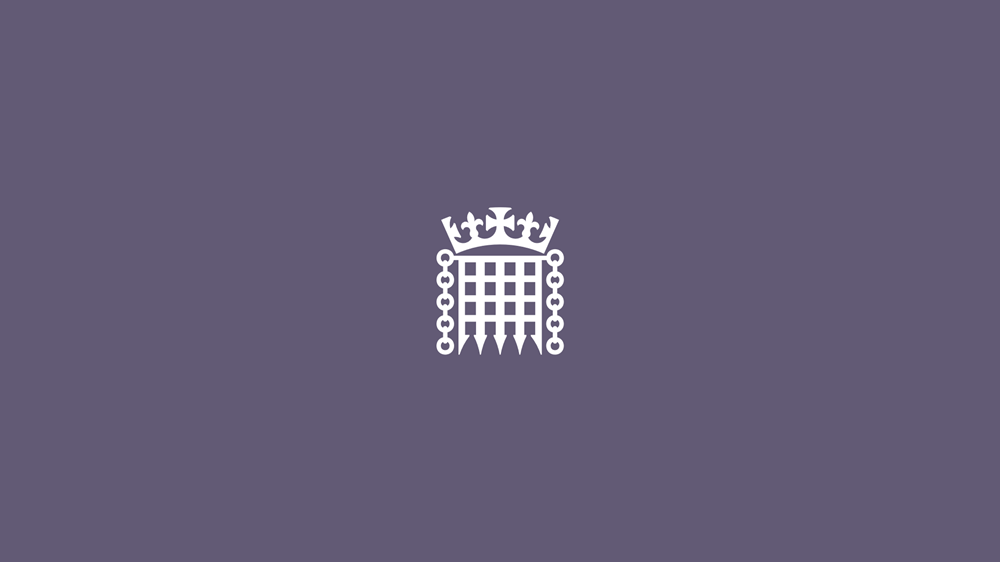MPs debate Modern Slavery Bill
8 July 2014
MPs debated the second reading of the Modern Slavery Bill in the House of Commons on Tuesday 8 July 2014. The Bill was passed without division and will now be considered in a Public Bill Committee.
The debate was opened by Home Secretary Theresa May. Shadow Home Secretary, Yvette Cooper, responded on behalf of the Opposition.
- Watch Parliament TV: Second reading of the Modern Slavery Bill
- Read Commons Hansard: Second reading of the Modern Slavery Bill
Related information
Summary of the Modern Slavery Bill
The Bill consolidates the current offences relating to trafficking and slavery.
Key areas:
- Creates two new civil orders to prevent modern slavery
- Establishes an Anti-Slavery Commissioner
- Makes provision for the protection of modern slavery victims
Progress of the Bill
This Government Bill was presented to Parliament on 10 June 2014. This is known as the first reading and there was no debate on the Bill at this stage.
Keep up to date with all the proceedings and documentation, including amendment papers, on the Modern Slavery Bill and find out how a bill becomes an Act of Parliament.
House of Commons Library
The House of Commons Library produces briefing papers to inform MPs of key issues. The papers contain factual information and a range of opinions on each subject, and aim to be politically impartial. The Library has published the following briefing paper for the second reading.
What happens at second reading?
At second reading the House debates the whole principle of the bill. It often takes place no sooner than two weekends after first reading.
The Member in charge or the Minister moves the motion 'that the bill be now read a second time'. MPs then debate the bill.
At the end of the debate the Speaker determines whether there are any objections to the motion being debated and asks for the Ayes and Noes.
Members voice their opinion, and if no objections are made, the bill passes second reading without a vote. If the Speaker believes Members have voiced disagreement, a division is called and a vote taken.
What happens after second reading?
If the motion at second reading is agreed to, the Bill will go to a Public Bill Committee for consideration.
Watching proceedings from the public gallery
UK residents and overseas visitors can watch proceedings in the House of Commons by visiting the public gallery.
This article was produced by the Commons Digital Outreach Team. Follow the @HouseofCommons on Twitter for updates on the UK House of Commons Chamber.
